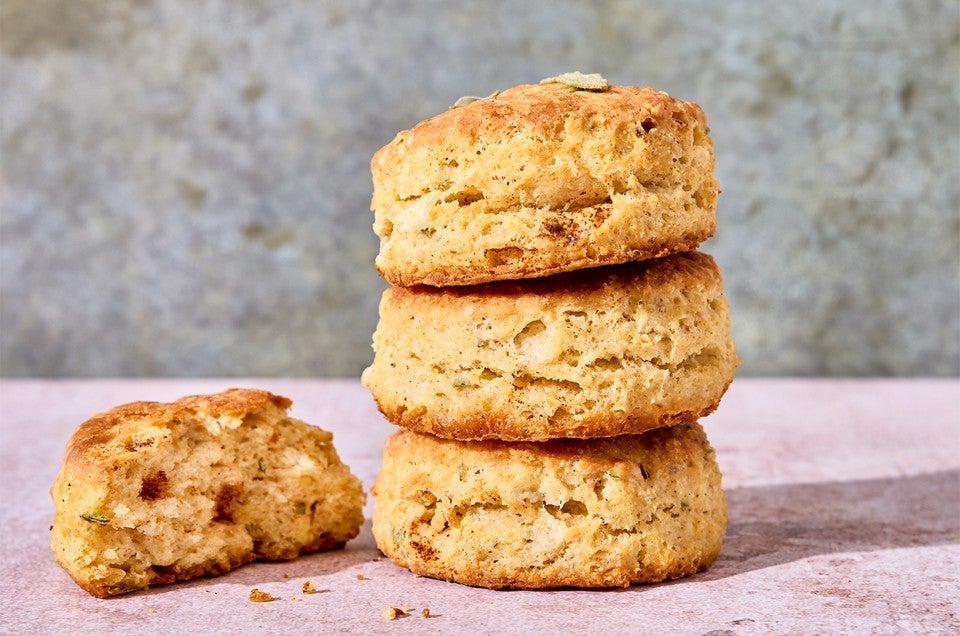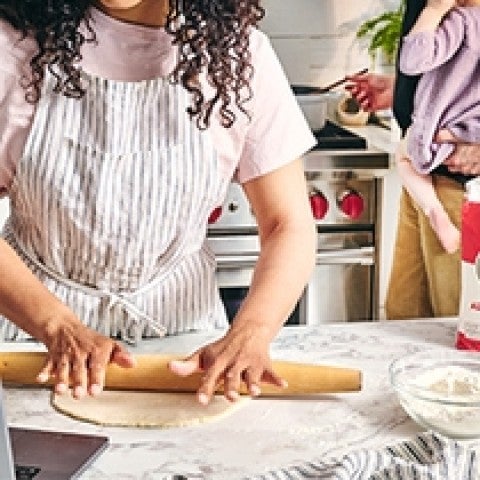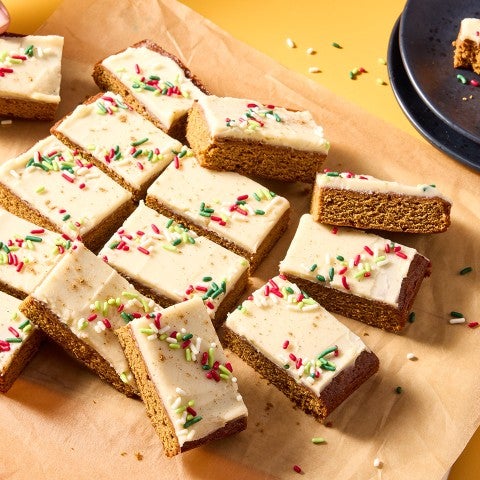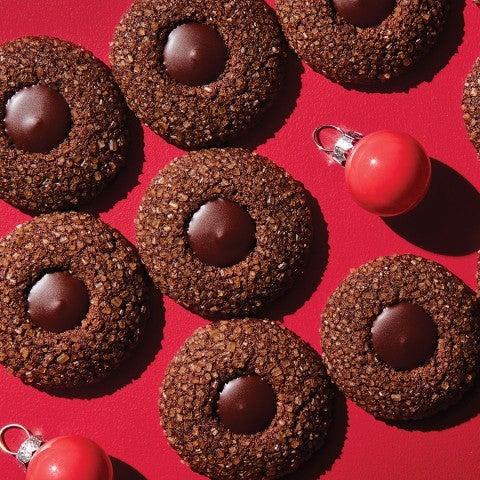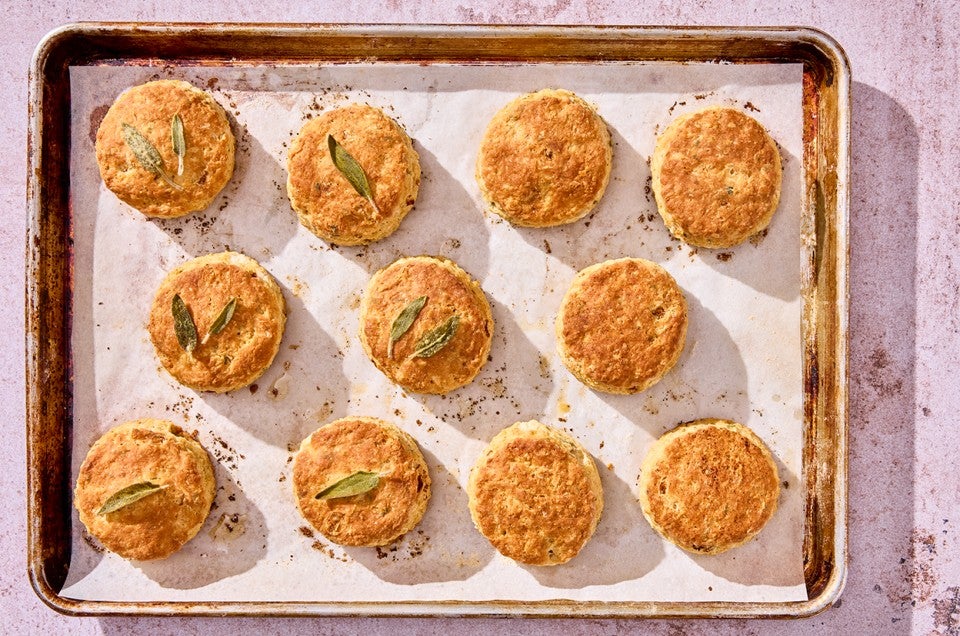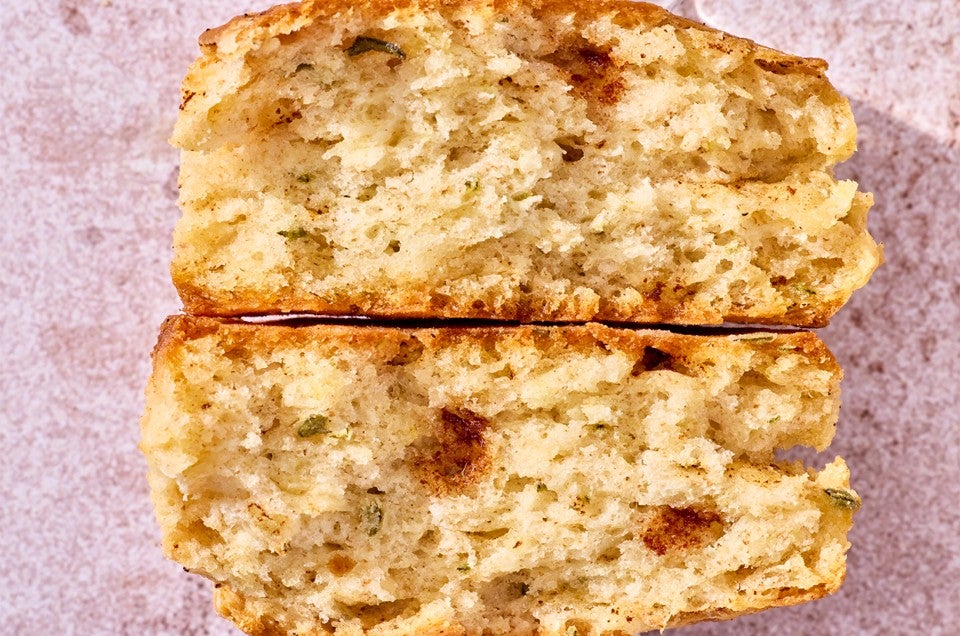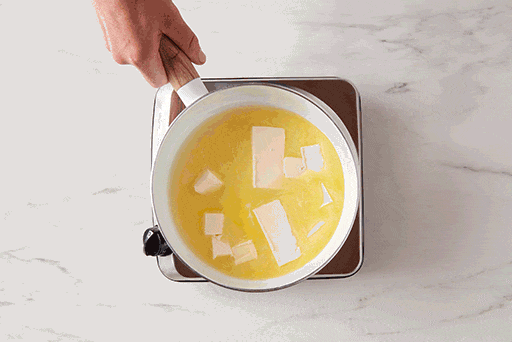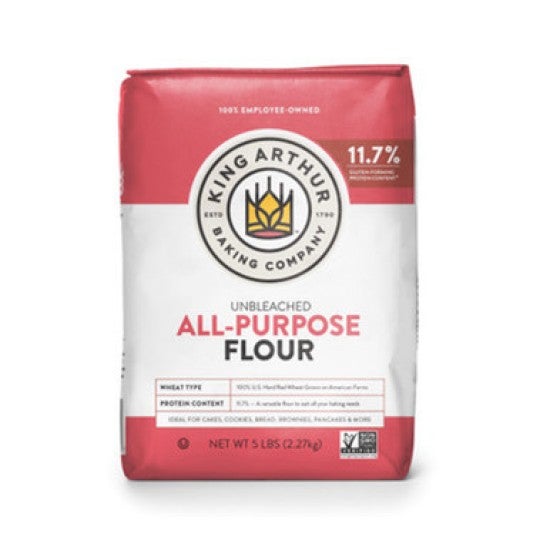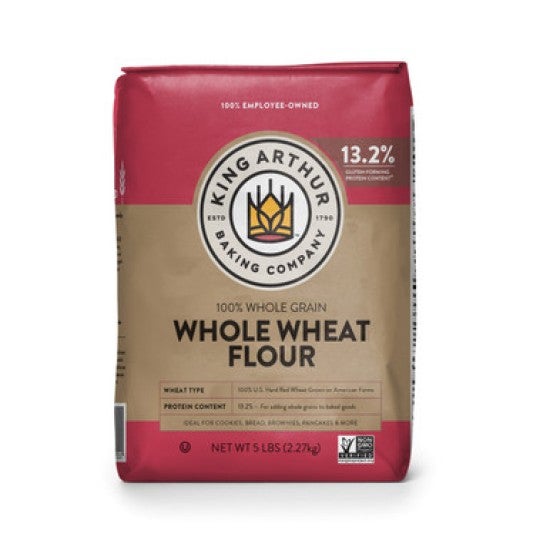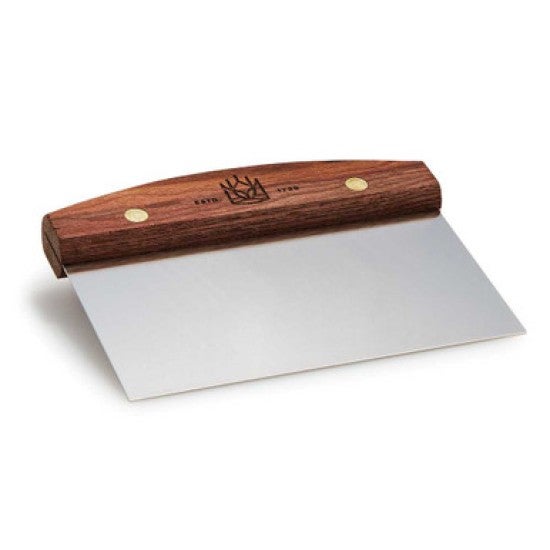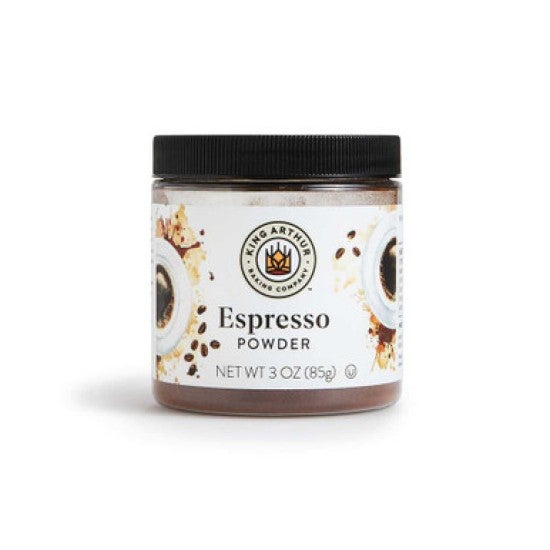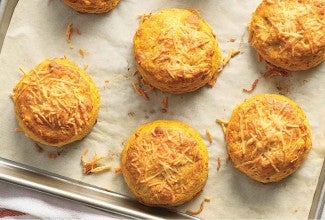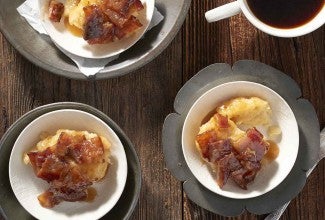-
Preheat the oven to 425°F with a rack in the upper third. Line a baking sheet with parchment, or lightly grease.
-
Measure out 4 tablespoons (57g) of the butter and cut it into 1/2" cubes; place it in the refrigerator to chill.
-
In a large saucepan over medium-high heat, melt the remaining 10 tablespoons (140g) butter. After several minutes, the butter will sizzle and may spatter. Continue to cook the butter, swirling the pan regularly, for about 5 to 7 minutes, until it’s dark golden brown and brown bits start collecting at the bottom of the pan; the butter will have stopped sizzling and may also have a layer of foam on the surface.
-
Immediately transfer the brown butter to an 8" square pan (be sure to scrape out the brown bits at the bottom of the saucepan). Carefully remove about 3 tablespoons (33g), setting it aside in a small microwave-safe bowl to use for topping the biscuits later. Allow the brown butter in the square pan to cool at room temperature for about 20 minutes, then transfer the pan to the refrigerator to cool completely, at least 30 additional minutes, or up to overnight.
-
While the butter cools, weigh your flours; or measure them by spooning them into a cup, then sweeping off any excess. In a large bowl, sift the flours, brown sugar, baking powder, salt, and baking soda. Add the finely chopped sage and mix until evenly distributed.
-
Once the brown butter has fully cooled, use a bench knife to cut it into roughly 1" pieces and remove them from the pan. Add the brown butter pieces, along with the reserved 4 tablespoons (57g) of cubed butter, to the dry ingredients.
-
Using your fingertips, a fork, or a pastry blender, work the butter into the flour mixture to form an evenly crumbly mixture (think coarse breadcrumbs). Some larger, pea-sized chunks of butter are OK.
-
Add the buttermilk to the flour mixture. Using a flexible spatula or a bowl scraper, quickly and gently mix until a shaggy dough forms; some dry bits are OK.
-
Transfer the dough to a generously floured work surface. Sprinkle with more flour and knead briefly to incorporate any remaining dry bits and form a cohesive dough.
-
Pat the dough into a rectangle about 1 1/4" thick. Divide the dough in half and stack one piece on top of the other (this will help create flaky layers.) Pat or roll the dough into a rectangle about 3/4" thick, roughly 11" across.
-
Using a floured 3" round cutter, cut rounds out of the dough, cutting them as close to one another as possible. Gather the remaining scraps and pat them together into a disk about 3/4" thick, then cut out more rounds. Continue this process until all the dough is used. (You’ll make about 10 to 12 biscuits total.)
-
Transfer the rounds to the prepared baking sheet, leaving about 1" between them. Brush the tops with some of the reserved brown butter (microwave it briefly to re-melt, if needed), and place a single sage leaf on top of each biscuit.
-
Bake the biscuits for 13 to 15 minutes, until they’re golden brown on top and around the edges. Remove the biscuits from the oven and brush the remaining reserved brown butter on top, being careful not to brush off the baked sage leaves. Serve warm.
-
Store leftover sage biscuits, well wrapped, at room temperature for several days. Freeze for longer storage. Biscuits are always best when rewarmed before serving.
